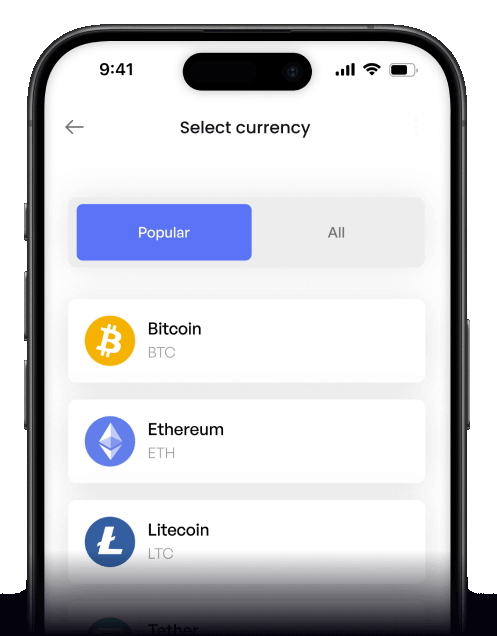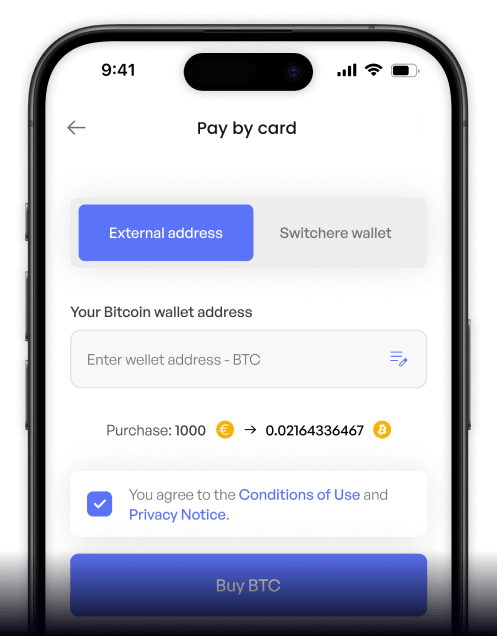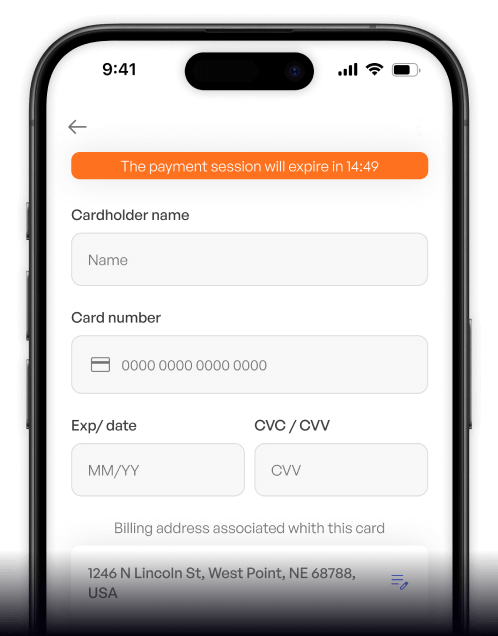Convert
Philippine Peso (PHP) to Aave (AAVE) Instantly
Purchase Aave (AAVE) with Philippine Peso (PHP) easily at Switchere and benefit from fast, secure transactions.
About
Aave (AAVE)
Aave (AAVE) is a leading decentralized finance (DeFi) protocol, functioning as an open-source, non-custodial liquidity market. Its primary purpose is to enable users to lend and borrow a diverse range of digital assets without intermediaries. The platform leverages sophisticated smart contracts on blockchain technology, primarily Ethereum, but has expanded its reach to multiple chains, enhancing its DeFi applications. Users supplying assets to Aave liquidity pools earn passive income through interest, receiving interest-bearing aTokens in return, which represent their deposited capital and accrued interest. Borrowers, on the other hand, can take out overcollateralized loans or innovative undercollateralized "flash loans," a unique feature for developers.
The core technology of Aave relies on its robust smart contract architecture, facilitating secure and transparent on-chain transactions. Key distinguishing features include its support for variable and stable interest rates, offering flexibility to users based on market conditions and risk appetite. The native AAVE token serves crucial functions within this decentralized network. It acts as a governance token, empowering holders to vote on protocol upgrades and parameter changes, shaping the future of the Aave ecosystem. Furthermore, AAVE can be staked in the protocol's Safety Module, contributing to its cryptographic security and providing an insurance backstop, with stakers earning rewards. Aave stands as a cornerstone of Web3 infrastructure, providing foundational money market services.
How to Buy Aave (AAVE)
Popular Coins for Philippine Peso (PHP)
Other Coins for Philippine Peso (PHP)
Frequently asked questions
-
What are the common methods to buy Aave (AAVE) with Philippine Peso (PHP)?
To purchase AAVE with PHP, you typically use a cryptocurrency exchange that serves as a fiat on-ramp for Philippine users. The process involves depositing PHP via local payment methods like GCash, PayMaya, or a direct bank transfer. Often, you might need to first buy a major cryptocurrency like USDT or BTC with your PHP and then trade it for AAVE on the platform's order book. Always ensure the exchange complies with local BSP regulations and offers sufficient liquidity for the AAVE trading pair. -
What is the primary function of the AAVE token after acquiring it?
The AAVE token is the native governance token of the Aave Protocol, a leading decentralized lending market. Its primary function is to empower holders to participate in the governance of the protocol, allowing them to vote on Aave Improvement Proposals (AIPs). Additionally, AAVE can be staked in the protocol's Safety Module, where stakers act as a backstop in case of a shortfall event, earning rewards for securing the protocol. This makes it a crucial digital asset for interacting with the Aave DeFi ecosystem. -
After buying AAVE with PHP, what are the security best practices for storing it?
The most secure practice is to withdraw your AAVE tokens from the cryptocurrency exchange to a self-custody digital wallet where you control the private keys. For maximum security, a hardware wallet is recommended. Since AAVE is an ERC-20 token, ensure your wallet supports the Ethereum network. Always back up your wallet's seed phrase offline and never share it. Leaving a significant amount of digital assets on an exchange exposes you to counterparty risk. -
What is the significance of Aave V3 for those holding the token?
Aave V3 is a major upgrade to the Aave Protocol, introducing features that enhance capital efficiency, security, and cross-chain functionality. For AAVE holders, this means the protocol they govern is more competitive and robust. Key features include the 'Portal' for seamless cross-chain transactions, 'High Efficiency Mode' allowing for higher borrowing power on correlated assets, and 'Isolation Mode' which permits the listing of new assets with limited risk. These technical advancements strengthen the long-term value proposition of the entire Aave ecosystem. -
Are there fees involved when converting Philippine Peso (PHP) to AAVE?
Yes, several types of fees can apply. First, your payment provider may charge a fee for depositing PHP onto the exchange (e.g., bank transfer or GCash fees). Second, the cryptocurrency exchange will charge a trading fee for executing the PHP-to-crypto and/or crypto-to-AAVE trade. Finally, when you withdraw your AAVE to a private digital wallet, you must pay a network transaction fee, known as a gas fee, on the Ethereum blockchain. These gas fees vary based on network congestion.






